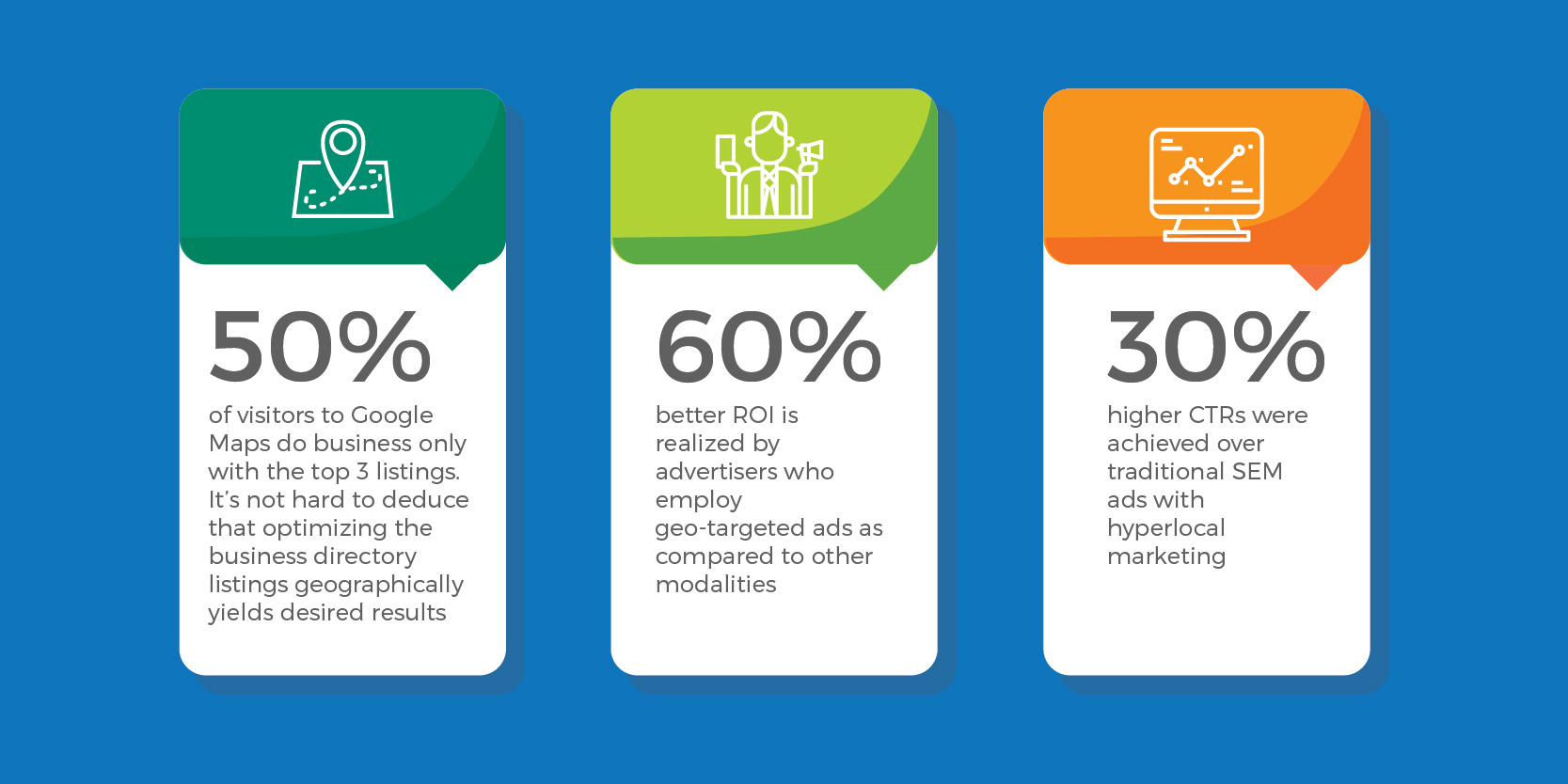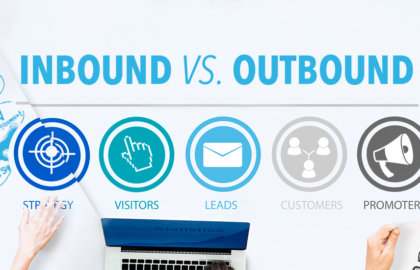The core objective of any marketing initiative is conversion, and geo-targeting is the go-to tool to achieve this.
As the name signifies, geo-marketing is the integration of real-time geographical intelligence about a customer into all aspects of marketing. It makes one of the most difficult tasks of marketers — ‘customer segmentation’ — a wee bit easier. Because, when you deliver personalized content, you are one step closer to conversion.
Its rise in recent years can be attributed to the heavy use of location-aware devices and apps. However, real-time location need not be the lone criterion for serving modified content to the end user; even historical location can aid in delivering a captivating, relevant ad. An end-user’s behavioral data, such as locations or businesses a customer has visited recently, can also be used to predict interests and intent. Of the many parameters that are needed to be considered to optimize the website like end-user browser or screen resolution, user location is by far the most important.
Types of location-based marketing

Location targeting can be based on the Internet Protocol (IP) address or the physical coordinates. The granularity could be as large as a country, or as small as a radius around the business. While geo-targeting identifies users based on their IP, geo-fencing is the mobile generation’s answer to traditional web-based geo-targeting. Geo-fencing uses either the precise GPS location or the approximate triangulation method of a mobile device. A more granular targeting approach is the usage of Beacon — a small device that receives location data via a smartphone’s bluetooth signal from nearby devices. It is an indoor mapping system that helps track behavioral data of customers.
Each method of location-based targeting has its own advantages and pitfalls. In general, the techniques can be used in a few different ways, such as:

The resounding success of Pokemon Go gives us enough evidence to show how mobile location data can be disruptive.
Spotting the opportunity

A typical application of geo-marketing would be online retail stores where customers look forward to a personalized shopping experience. Providing offers and displaying localized shipping notifications incentivize customers to make purchases, resulting in reduced cart abandonment. In fact, online targeted ads can help bolster in-store marketing activities as well! A case in point is True Religion, a jeans company that needed to promote their retail stores. They chose to send 65,000 geo-targeted emails, personalized for customers living in the neighborhood of their stores. The campaign resulted in a 2.5% CTR and a 1% in-store conversion — quite successful for an effort of this magnitude.
Imagine running a retail store across the United States, a country so wide that it can experience different types of climates, all at once. Showing choices based on the local weather of the customer, like sweaters for northerners and beachwear for southerners, is a fine example of location-based targeting.
In future, it would not be surprising if the geo-fencing and indoor Beacons are used by stores to provide discounts to users entering their stores as store credit automatically.
Geomarketing by numbers
Some compelling stats for location-based targeting are captured below:

In short, this tool helps make the best use of the advertising spend, apart from offering marketers with incredible insights into consumer behavior. However, an important downside to geo-marketing is also the fact that it is easily blocked by mobile users. While advertisers evolve their targeting techniques, companies like Apple are coming up with new and innovative way to block location-based ads.
The coming days might see more information being passed on to marketers along with location data like speed and altitude from the accelerometers and barometers that are now standard features within new smartphones. As the world increasingly becomes home to high-rise, high-density cities, the coordinate data needs to evolve for brands to target consumers. Using presence technology or location awareness is incontestably an effective tool a marketer can use to create hyper-targeted, location-based ads. Acting local and thinking global is the new way to be as the web gets saturated. So, get started today!








